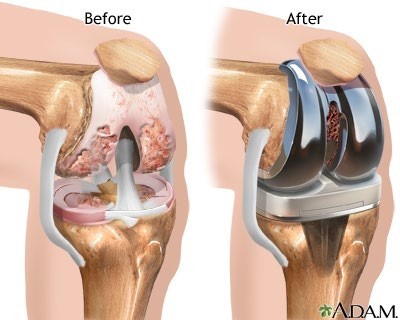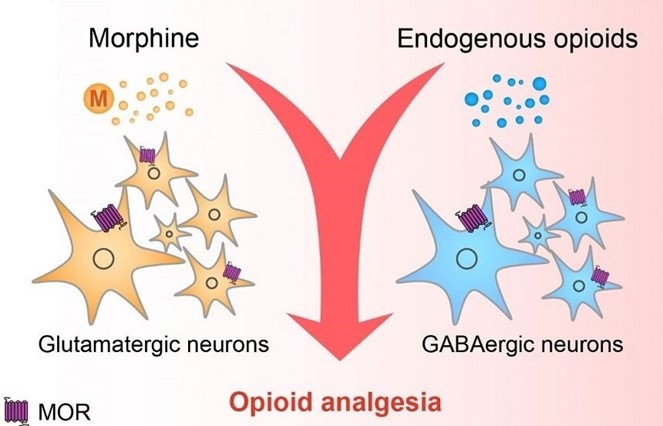The practical nurse (PN) observes two unlicensed assistive personnel (UAP) turning an older client who had a hip arthroplasty with prosthesis placement four hours ago. Which observation by the PN indicates that the UAPs need additional information about the turning procedure?
An abduction pillow is placed between the client's legs when positioned.
The client is told to keep both legs straight and together while turning.
A turning sheet is used under the client for turning and repositioning.
The UAPs keep their backs straight and knees bent when moving the client.
The Correct Answer is B
This is the observation that indicates that the UAPs need additional information about the turning procedure because it is incorrect and may cause complications for the client. The client who had a hip arthroplasty with prosthesis placement should not keep both legs straight and together while turning because this may cause dislocation of the prosthesis, nerve damage, or bleeding. The client should keep the affected leg slightly abducted and supported with pillows or an abduction device.

A. An abduction pillow is placed between the client's legs when positioned correctly and does not indicate a need for additional information. This helps to maintain proper alignment and prevent dislocation of the prosthesis.
C. A turning sheet is used under the client for turning and repositioning is correct and does not indicate a need for additional information. This helps to reduce friction and shear forces on the skin and prevent pressure ulcers.
D. The UAPs keep their backs straight and knees bent when moving the client is correct and does not indicate a need for additional information. This helps to protect their own musculoskeletal health and prevent injuries.
Nursing Test Bank
Naxlex Comprehensive Predictor Exams
Related Questions
Correct Answer is D
Explanation
The correct answer is choice D. Apply a pain scale to describe intensity.
Choice A rationale:
Asking about elements of the pain experience is important for a comprehensive pain assessment, but it is not the most critical aspect immediately after administering an analgesic. This step is more relevant during the initial assessment to understand the nature and characteristics of the pain.
Choice B rationale:
Questioning the client about precipitating factors can help identify what triggers the pain, which is useful for long-term pain management strategies. However, this is not the primary focus after giving an analgesic, as the immediate goal is to evaluate the effectiveness of the pain relief.
Choice C rationale:
Locating where in the body the pain occurs is essential for diagnosing and understanding the pain’s origin. However, after administering an analgesic, the priority is to assess the change in pain intensity rather than its location.
Choice D rationale:
Applying a pain scale to describe intensity is crucial after giving an analgesic because it provides a quantifiable measure of the pain relief achieved. This helps in determining the effectiveness of the medication and guides further pain management interventions.
By focusing on the pain intensity using a standardized pain scale, the practical nurse can objectively evaluate the patient’s response to the analgesic and make informed decisions about any additional pain management needs.
Correct Answer is B
Explanation
This is the best action for the PN to use in assisting this client to deal with his pain because it provides a non-pharmacological method of pain relief that can enhance the effect of the opioid analgesic. Slow, rhythmic breathing can help the client relax, distract from the pain, and increase oxygenation and blood flow.

A. Dimming the lights in the room and closing the door may not be enough to help the client deal with his pain and may not address his psychological or emotional needs.
C. Turning the television on to the client's favorite show may not be effective in helping the client deal with his pain and may be distracting or irritating for him.
D. Obtaining a prescription for a higher dose of pain medication may not be necessary or appropriate for this client and may increase the risk of side effects or dependence. The PN should assess the client's pain level and response to the current dose before requesting a change in medication.
Whether you are a student looking to ace your exams or a practicing nurse seeking to enhance your expertise , our nursing education contents will empower you with the confidence and competence to make a difference in the lives of patients and become a respected leader in the healthcare field.
Visit Naxlex, invest in your future and unlock endless possibilities with our unparalleled nursing education contents today
Report Wrong Answer on the Current Question
Do you disagree with the answer? If yes, what is your expected answer? Explain.
Kindly be descriptive with the issue you are facing.
